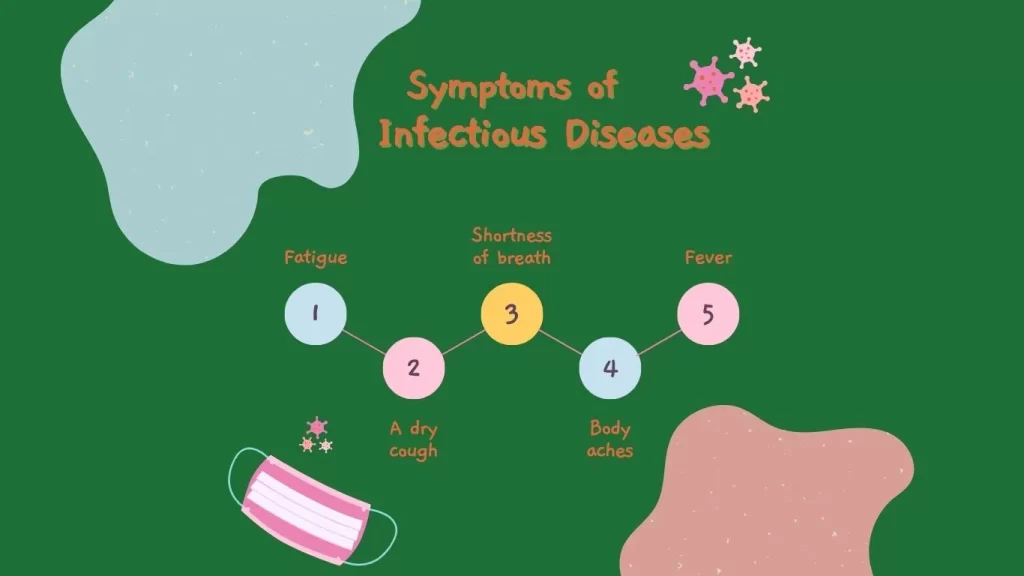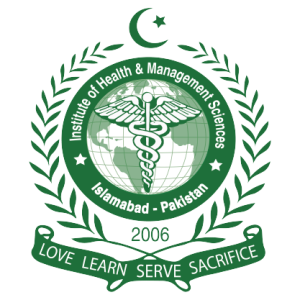Introduction
Infectious diseases have been a constant threat throughout human history. They are caused by pathogenic microorganisms such as bacteria, viruses, and fungi that can invade our bodies and disrupt their normal functions. Understanding the types of infectious diseases, their causes, symptoms, and available treatments is essential in preventing their spread within communities. In this blog post, we will explore the world of infectious diseases in detail so that you can arm yourself with the knowledge to protect yourself and your loved ones.
What Are Infectious Diseases?
Infectious diseases are disorders caused by pathogenic microorganisms that enter the body’s tissues or organs and interfere with their normal functions. These microorganisms include bacteria (e.g., streptococcus), viruses (e.g., influenza), parasites (e.g., malaria), and fungi (e.g., Candida). These pathogens can be transmitted from person to person either directly or indirectly through contaminated objects or environments.
Types of Infectious Diseases
There is a wide range of infectious diseases affecting various parts of the body. Some common examples include:
- Respiratory infections – such as influenza (flu) or pneumonia.
- Gastrointestinal infections – like food poisoning or viral hepatitis.
- Sexually transmitted infections – including chlamydia or HIV/AIDS.
- Vector-borne diseases – like malaria which is transmitted through mosquito bites.
- Bloodstream infections – also known as sepsis.
- Skin infections – such as cellulitis or fungal nail infection.
Each type presents unique symptoms depending on which part of the body it affects.

Symptoms of Infectious Diseases
The symptoms vary greatly depending on the pathogen and the affected part of the body. Common symptoms include:
- Fever
- Fatigue
- Coughing or sneezing
- Diarrhea or vomiting
- Skin rash or infection
- Muscle aches and joint pains
It is essential to note that some infectious diseases, especially in their early stages, may not exhibit any noticeable symptoms, making them more challenging to diagnose.

Causes of Infectious Diseases
Several factors contribute to the development and spread of infectious diseases:
- Direct contact – coming into direct contact with an infected individual can transfer pathogens to you.
- Indirect contact – touching contaminated surfaces or objects can transmit pathogens.
- Airborne transmission – inhaling respiratory droplets containing the infective agents.
- Vector-borne transmission – vectors like mosquitoes carrying pathogens from person to person.
- Sexual contact – engaging in unprotected sexual activities with an infected individual.
Understanding how these diseases are transmitted enables us to take appropriate precautions.
Infection Prevention and Control
One crucial aspect in minimizing the spread of infectious diseases is adopting effective infection prevention and control measures:
- Regular handwashing with soap for at least 20 seconds or using alcohol-based hand sanitizers.
- Covering your mouth and nose when coughing or sneezing using tissues, masks, cloth coverings, or your elbow if needed.
- Disinfect frequently-touched surfaces such as doorknobs, light switches, phones, etc., regularly.
- Avoid close contact with individuals who display symptoms of illness.
Practicing good hygiene habits goes a long way in preventing infections from spreading within communities.

Diagnosis & Treatment
Diagnosing infectious diseases requires a thorough evaluation by healthcare professionals who consider patient history along with laboratory tests for confirming suspected illnesses:
1) Blood test: Analyzing blood samples allows the identification of specific antibodies signaling an ongoing infection.
2) Imaging tests: X-rays, CT scans, or MRIs help diagnose infections affecting the organs or tissues.
3) Microbiological culture: Isolating and identifying pathogens from body fluids, stool samples, and throat swabs is crucial for diagnosis.
4) Molecular testing: Polymerase chain reaction (PCR) identifies specific genetic markers of pathogens indicating an infection.
Treatment involves a variety of approaches based on the type and severity of the infectious disease:
- Antibiotics – these are effective against bacterial infections.
- Antiviral medications – specifically used to fight viral infections.
- Antifungal drugs – target fungal infections.
- Parasiticidal drugs – used in treating parasitic infections.
It’s important to remember that not all infectious diseases require medication. Some may resolve themselves with supportive care such as rest and hydration.
Vaccination
Vaccines play a crucial role in preventing many infectious diseases. They stimulate our immune system to produce antibodies without causing illness. Common vaccines include those for influenza, measles-mumps-rubella (MMR), hepatitis B, diphtheria-tetanus-pertussis (DTaP), etc. Timely vaccination helps protect us individually as well as collectively by reducing outbreaks within communities.
Conclusion
Infectious diseases continue to pose a significant threat worldwide. Understanding the types of infections out there, their symptoms and their causes empowers us to take proactive steps towards prevention – including hygiene practices like regular handwashing and maintaining up-to-date vaccinations for ourselves and our loved ones.
Taking responsibility for our own health and practicing good personal hygiene along with seeking timely medical advice when needed helps reduce the spread of these contagious illnesses within communities.
Remember: Prevention is always better than cure!
Frequently Asked Questions (FAQs)
An infectious disease refers to any disorder caused by pathogenic microorganisms invading our bodies and disrupting their normal functions.
Infections can be caused by various microorganisms like bacteria, viruses, fungi, or parasites entering our bodies through direct or indirect contact with infected individuals or contaminated objects/environments.
While all diseases involve some form of pathological processes within the body containing clinical manifestations (signs/symptoms), not all infections lead to disease. Infections refer to the mere presence of pathogens in our body, while diseases imply that these pathogens cause disruptions in our bodily functions.
Treatment approaches for infectious diseases depend on their type and severity. Antibiotics, antiviral medications, or antifungal drugs may be used to target specific microorganisms causing the infection. Supportive care such as rest and hydration is also crucial in recovery.
Viruses are regarded as infectious because they can invade host cells and use their machinery to replicate themselves, which often leads to illness.
Preventing infectious diseases involves practices like vaccination, handwashing with soap or using hand sanitizers regularly, covering your mouth when coughing/sneezing, disinfecting surfaces frequently touched by others, and avoiding close contact with infected individuals whenever possible.




